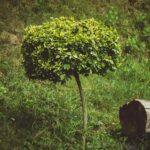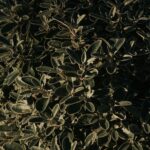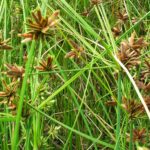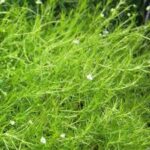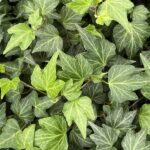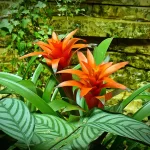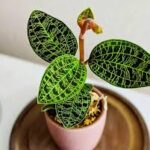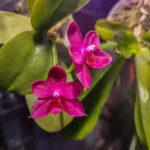Terrariums can house a variety of plants, but maybe you prefer the look of moss over succulents? Or perhaps you fancy more traditional houseplants? No matter what type of plant you choose, make sure that you are putting it in the right type of container and that it will live in an environment that will make it happy. If you have kitties who love eating plants, it’s also important to choose plants that aren’t poisonous and won’t cause skin irritation and the most important thing to remember when planning your terrarium is to ensure you choose plants that have the same growing requirements as one another including humidity, watering, soil, and light.
Here are some easy terrarium plant ideas for terrariums.
SUN-LOVING PLANTS
SHADE-LOVING PLANTS
ORCHIDS
SUCCULENTS
Aeonium arboreum (turns reddish with lots of sun) or Aeonium haworthii baby’s toes (Fenestraria rhopalophylla) Dwarf cowhorn agave (Agave cupreata) Gollum (Crassula ovata gollum) and variegated jade (Crassula ovata variegata); any crassula, really! Haworthia Coarcata (likes some shade) hens and chicks (Sempervivum) jade or money tree (Crassula ovata) Lizard’s tail (Crassula muscosa); caution: this succulent can grow to a foot (30.5 centimeters) tall miniature aloe (Aloe haworthioides) Miniature pine tree (Crassula tetragona) Panda plant (Kalanchoe tomentosa) Pinwheel aeonium (Aeonium haworthii) Rosary vine (Crassula rupestris) Sedum (one cutey is Sedum burrito, aka burro’s tail sedum, and another is Sedum rubrotinctum, Aka the jelly bean plant tree aeonium (Aeonium arboreum); turns reddish with lots of sun zipper plant (Euphorbia anoplia).
CARNIVOROUS PLANTS
Mexican butterwort plant (Pinguicula moranensis), Yellow trumpet pitcher (Sarracenia flava), Fork-leaved sundew (Drosera binata), Venus flytrap (Dionaea muscipula).
Plants and succulents need breathing room. You’ve probably seen terrariums for sale that have the plants close together, but these terrariums are in it for the short haul. Plants that are too close together can kill each other by strangling one another’s roots or by blocking out the other’s light. A little open pathway through a magical world is a very good thing. When removing a plant from its original pot, be sure to gently knock off some of the soil attached to its roots and fluff them up a bit so they have an easier time adjusting to their new home. Place the plant in a shallow layer of soil and hold it upright while you scoop soil around it, then pat down the soil a little bit so the plant stays put and not too much air remains near the roots. Repeat with any other plants you’re adding to your terrarium, then water (but do not drench) your new additions. A good, healthy watering will help prevent transplant shock, but you never want to add so much that the plant is sitting in a puddle. Remember: even though there are rocks on the bottom of the terrarium to prevent root rot, there are no actual drainage holes like those you’d find in a potted plant.
